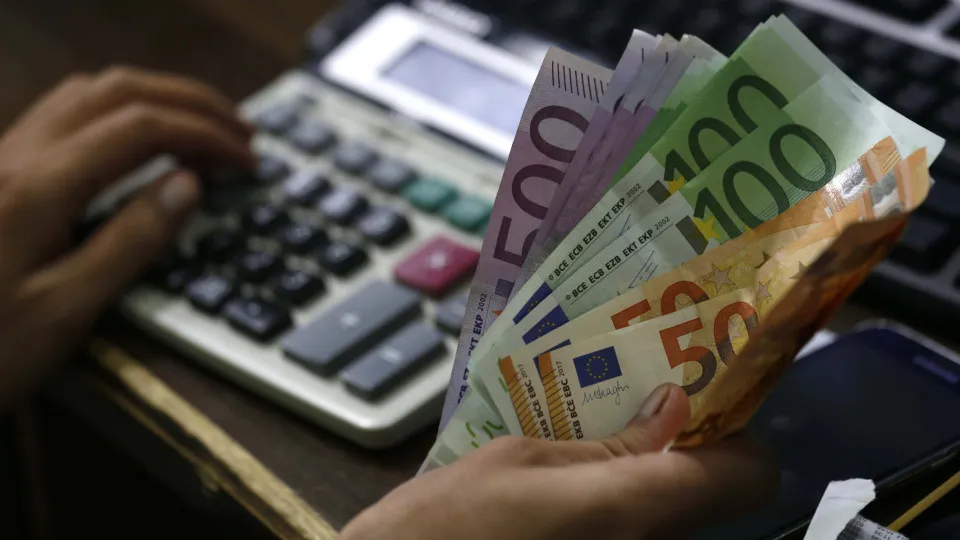
The Gross Domestic Product (GDP) in volume registered a year-on-year change of 1.9% in the second quarter of 2025, a rate 0.2 percentage points higher than that observed in the preceding quarter, reported the INE, confirming the rapid estimate released at the end of July.
In nominal terms, in the second quarter, the GDP increased by 6.0% year-on-year (5.2% in the preceding quarter), with the implicit deflator recording a variation rate of 4.1% (3.5% in the first quarter).
The data released today indicate that the chain variation remained unrevised: “Compared to the first quarter of 2025, the GDP increased by 0.6% in volume, following a decrease of 0.4% in the previous quarter,” it mentioned.
Regarding the year-on-year evolution, it is noteworthy that the less pronounced negative contribution of net external demand for the year-on-year change in GDP, “reflects the more pronounced deceleration of imports of goods and services than that observed in exports of goods and services.”
Meanwhile, the positive contribution of domestic demand to the year-on-year change in GDP “slightly decreased, from 3.7 percentage points in the first quarter to 3.6 percentage points, reflecting the deceleration of investment.”
Among the components of internal demand, in volume, there was a slight acceleration in private consumption (including non-profit institutions serving households), marking a year-on-year change of 3.6% in the second quarter (3.5% in the previous quarter).
Investment decreased from a growth of 6.4% in the first quarter to 5.6%, while public consumption (final consumption expenditure of the Public Administration) slightly accelerated to a change of 1.4% (1.3% in the preceding quarter).
In the second quarter of 2025, there was a volume growth of 0.1% in exports of goods and services, following an increase of 1.5% in the first quarter, and 3.8% in imports of goods and services (5.9% in the preceding quarter).
In exports, the goods component slowed from a year-on-year change of 1.0% in the first quarter to 0.5%, while the services component decreased by 0.6% in the second quarter, following a growth of 2.4% in the previous quarter.
As for imports, the goods component decelerated to a rate of 5.1% (6.7% in the preceding quarter) and the services component contracted by 1.7%, after an increase of 2.6% in the first quarter.
Regarding the chain comparison – where GDP increased by 0.6% in volume between April and June, following a 0.4% decrease in the previous quarter – INE highlights the increased positive contribution of domestic demand to 0.8 percentage points (0.3 percentage points in the previous quarter), driven by an increase in private consumption.
As for the contribution of net external demand to the chain variation rate of GDP, it moved from -0.7 percentage points to -0.2 percentage points, as a result of an increase in exports of goods and services and a less intense growth of imports.
Compared to the first quarter, total exports in volume increased by 0.2% (a decrease of 0.4% in the previous quarter), reflecting a growth of 1.0% in the goods component and a decrease of 1.1% in the services component (rates of -1.1% and +0.9% in the first quarter).
Total imports registered a chain variation of 0.7% in the second quarter (1.1% in the preceding quarter), with a growth of 0.8% in the goods component and 0.6% in the services component.
In the second quarter, there was an increase in terms of trade gains, contrary to the previous two quarters.
The import deflator of goods and services moved from a year-on-year increase of 0.5% in the first quarter to a decrease of 1.5%, “reflecting, in part, the effect of reduced energy goods prices”, while the export deflator registered a year-on-year variation of 0.4%, 0.5 percentage points less than in the previous quarter.
In nominal terms, the external balance of goods and services stood at 1.1% of GDP between April and June, compared to 0.7% in the previous quarter and 2.0% in the second quarter of 2024.
[News updated at 12:22]




